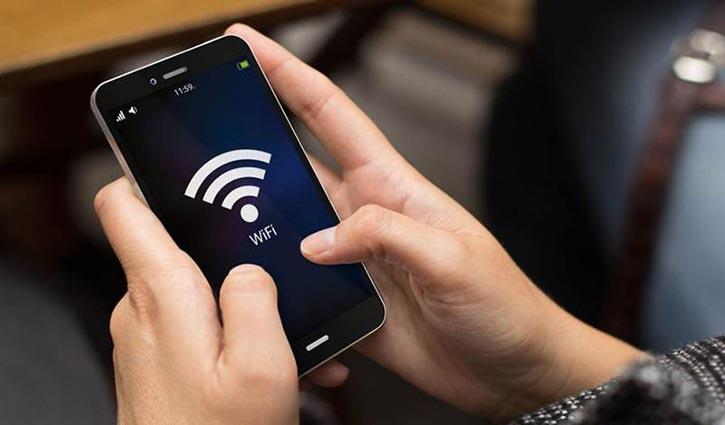Wi-Fi technology is great. You may use regular Wi-Fi internet access on smartphones, computers or other electronic devices. But very soon this technology will save your life in populated places.
A paper by scientists at Rutgers’s University in New Brunswick, Canada, said that the detection of bomb, weapon or chemical explosives in the bag, and the cost-effective Wi-Fi technology.
This research paper has won the Best Research Award in the recently held IEEE Conference on Communications and Network Security. Although this conference is mainly related to cybersecurity.
It is said in the paper that the most dangerous objects are either metal or liquid components. These components interfere in Wi-Fi signals in a way that researchers can detect. Bombs, weapons, or explosive devices, usually carried out in a person’s bag, are usually made of such material and often wrapped with paper or fiber, Wi-Fi signals can be easily passed through.
For research, they created a ‘Wi-Fi wave detection system’ to see what happens when Wi-Fi signals cross the nearest material or material. Researchers from 15 types of materials and 6 types of bags have tested their system after seeing that the difference between safe and dangerous materials can be 99 percent. It detected 90 percent of the hazardous materials, accurately identified the metal 98 percent and 95 percent of the fluid screen detected.
This system can identify with the accuracy of 95% accuracy in the standard bagpay. When the object is covered with something before placing it in the bag, the rate of identification falls to 90 percent.
Currently, most airports use X-ray or CT scanning technology to check suspicious items. It is difficult and expensive to place these airport machines in a public place.
For example, a concert or festival place can be talked about. It is not easy to set up a bag checking machine used by the airport to ensure public safety in such public places. So the security forces manually check the bags in public venues, although checking manually is not always fruitful.
Ying Ying (Jennifer) Chan, co-authored by the paper, said, “It is very expensive to install screening equipment used at the airport at the big public place. As a result, there is always a need for manpower to check bags. We wanted to create a supplementary system to reduce manpower.
The research team is currently working to increase the accuracy of their Wi-Fi wave detection system. So that it can better identify the shape of an object and guess the amount of liquid in the bag. Through this, it will become an ideal security system in other sporting events, festivals, or other possible targets of terrorist attacks in the future.










